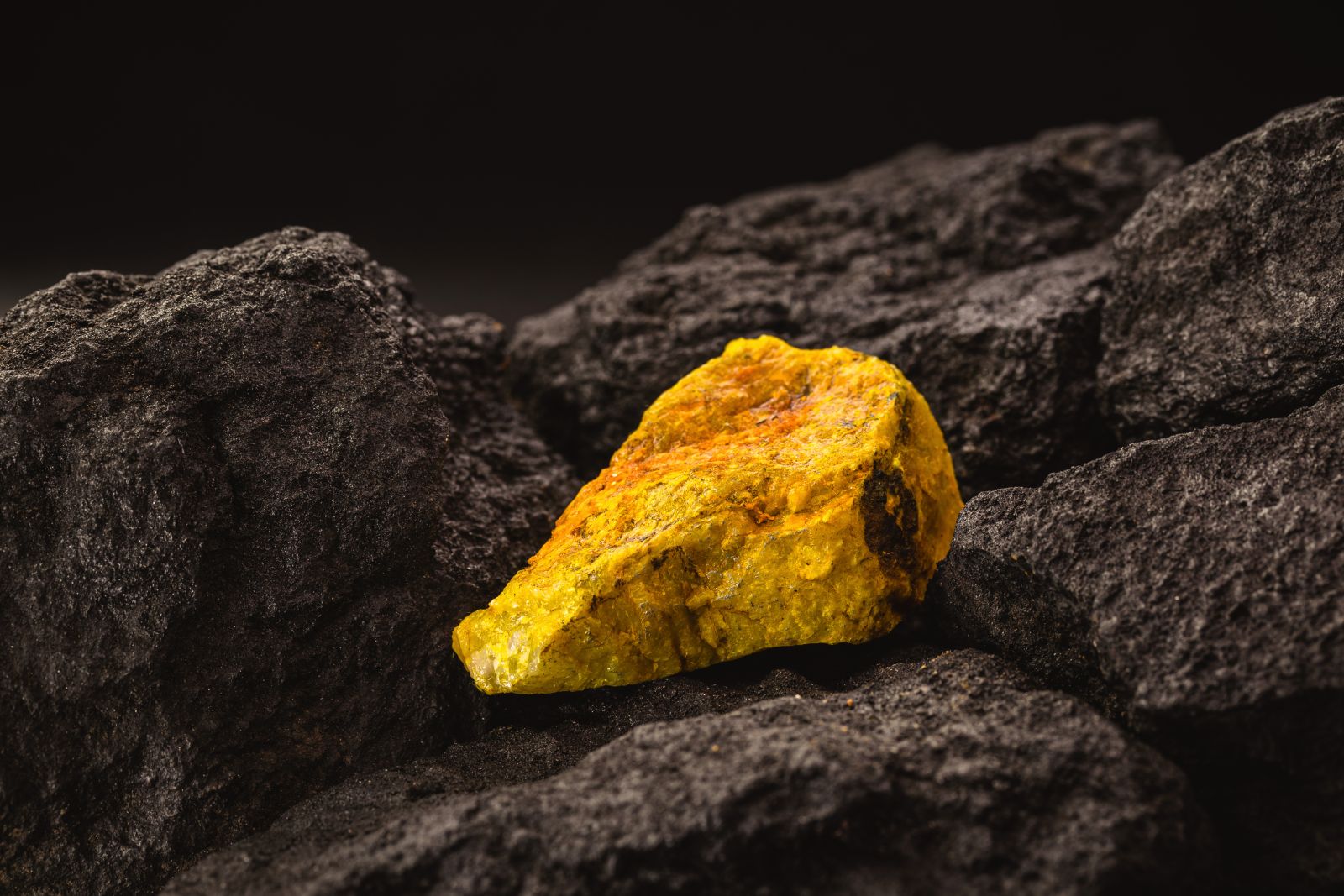
The uranium bulls have another big reason to get charged up.
Kazatomprom (NATKY) is the world’s largest uranium producer. It recently slashed its production target for 2025 due to project delays and sulphuric acid shortages, threatening to squeeze supplies of the most widely-used fuel vital for nuclear power.
The CEO of the company, Meirzhan Yussupov, said that “the uncertainty around the sulphuric acid supplies for 2025 needs, and delays in the construction works at the newly developed deposits resulted in a need to re-evaluate our 2025 plans.”
Sulphuric acid is essential to extracting uranium (via leaching) from deposits. It has been in short supply in Kazakhstan because of delays in building new acid plants, and other factors.
The Kazakh company, which generates a fifth of global uranium supply, cut its target for next year by 17% to a range of between 25,000 tons to 26,500 tons of yellowcake (powdered uranium concentrate).
Uranium Prices Head Higher
This move by Kazatomprom will put renewed upward pressure on uranium prices. The uranium spot price has weakened from a 16-year high above $100 per pound this year. Spot prices, which rose nearly 88% last year, hit a 14-year high in February 2024, and remain at historically elevated levels around $80 per pound, according to the pricing data provider UxC.
Long-term uranium contract prices have hit over 16-year highs, thanks to supply uncertainty and higher demand from utilities. Long-term prices are now around $79 per pound, the highest since 2008, and estimated to rise further in coming months.
"With a stronger market environment, we're currently locking in ceilings of about $125 to $130 per pound and floors at about $70 to $75 per pound in market-related contracts," the best prices seen in over a decade, according to the Canadian uranium mining giant Cameco (CCJ).
The elevated price is largely due to two factors. First, there is the revival in demand for nuclear power generation since the world was plunged into an energy crisis by Russia’s full-scale invasion of Ukraine.
There is also increasing power demand at utilities, thanks to power-hungry artificial intelligence (AI) data centers. Goldman Sachs, in a May research report, estimated global data center power demand will grow 160% by 2030.
The World Nuclear Association expects uranium demand — which totaled 65,650 tons last year — to reach 83,840 tons by 2030, and double to 130,000 tons by 2040. Today, there are 61 nuclear power plants under construction globally, with China and India leading the buildout. Another 90 or so are in the planning stages, and more than 300 have been proposed. There’s even a push to re-open old plants that had been shuttered years ago.
That’s why the International Energy Agency (IEA) says nuclear power generation could roughly double by 2050.
The second factor pushing up uranium prices is that supplies have struggled to keep up with the boost in demand following a decade of under-investment in new production.
What Comes Next
The IEA says that uranium supplies need to double by 2050. But that seems unlikely. The boutique investment firm Plenisfer Investments estimates uranium prices must exceed the marginal cost of production, currently at $90 to $100 per pound, by at least 30% to incentivize producers to invest in new projects.
The latest cut in output from Kazatomprom is just the most recent example of uranium producers’ struggle to meet rising demand.
And there really isn’t much uranium sitting in inventory. Look at Kazatomprom - despite knowing in February about the risk of cuts to its output forecast, inventories at the company are running at the lowest level ever reported at 4,142 tons of uranium, down 31% from the year ago period.
In a note to clients in June - before this latest supply disruption - Jérémie Peloso, a strategist at BCA Research, said: “The underlying supply-demand fundamentals for uranium are far stronger than those during the 2000s bull market and might actually be the strongest ever.”
How to Invest in Uranium
I totally agree, and expect the deficit in the uranium market to persist over the next decade. Much higher prices for uranium are possible for three reasons:
First, uranium makes up a small proportion of the overall cost for nuclear power, given how expensive reactors are to build. That translates to utilities having little concern as to what the price of nuclear fuel is. Their main concern is the availability of nuclear fuel.
Second, uranium prices are being fueled by the investment community. Funds are buying and stockpiling physical uranium in the form of yellowcake or uranium trioxide (U3O8). The largest of these funds is the Sprott Physical Uranium Trust (SRUUF). As of Aug. 30, it held 65,511,826 pounds of U3O8. The Trust is selling at a discount of 6.12%.
Finally, there are producers like Cameco, which are buying uranium supply to meet their contractual obligations.
So, there is a tug-of-war among these three parties for uranium against a backdrop of limited supplies. This is very good news over the longer term for investors.
I believe the easiest way to invest in uranium and gain broad exposure is through the Sprott Uranium Miners ETF (URNM), which has a portfolio of 39 stocks. The largest positions in the fund are Cameco at 17.12%, Kazatomprom at 16.21%, and the Sprott Physical Uranium Trust at 13.30%.
Despite all of the positive long-term news for uranium, Wall Street remains focused on the very short-term. That’s why URNM is trading very near a 52-week low, and is actually down over 18% year-to-date, and nearly unchanged over the past year. Uranium stocks got crushed on Sept. 3 in a continuation of this recent pattern.
Ignore Wall Street. URNM - currently around $39 - is a buy at any price under $45.








